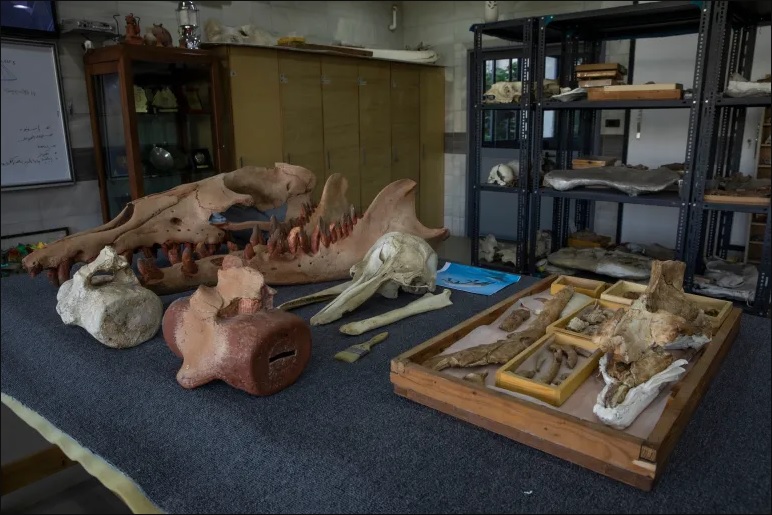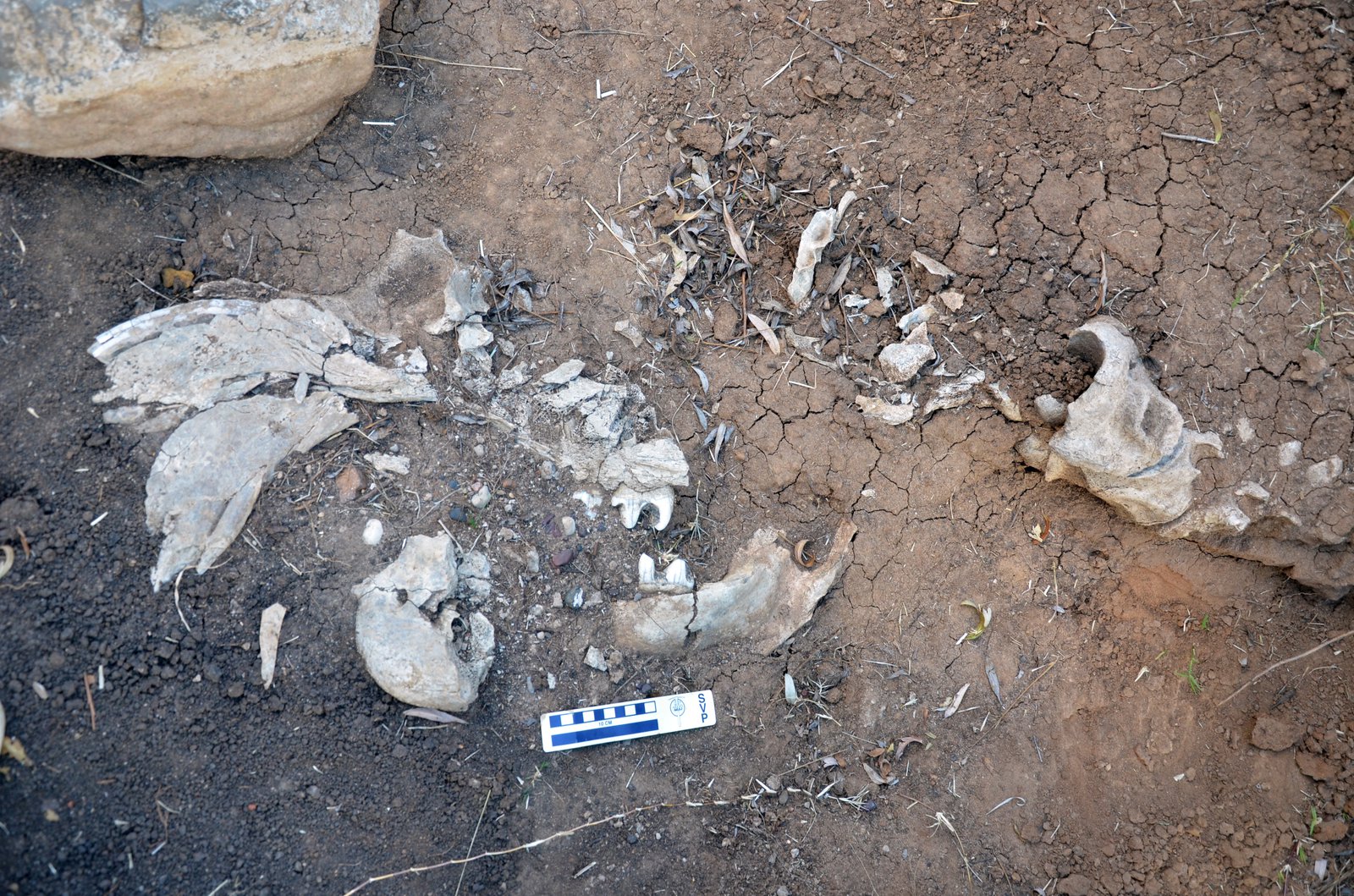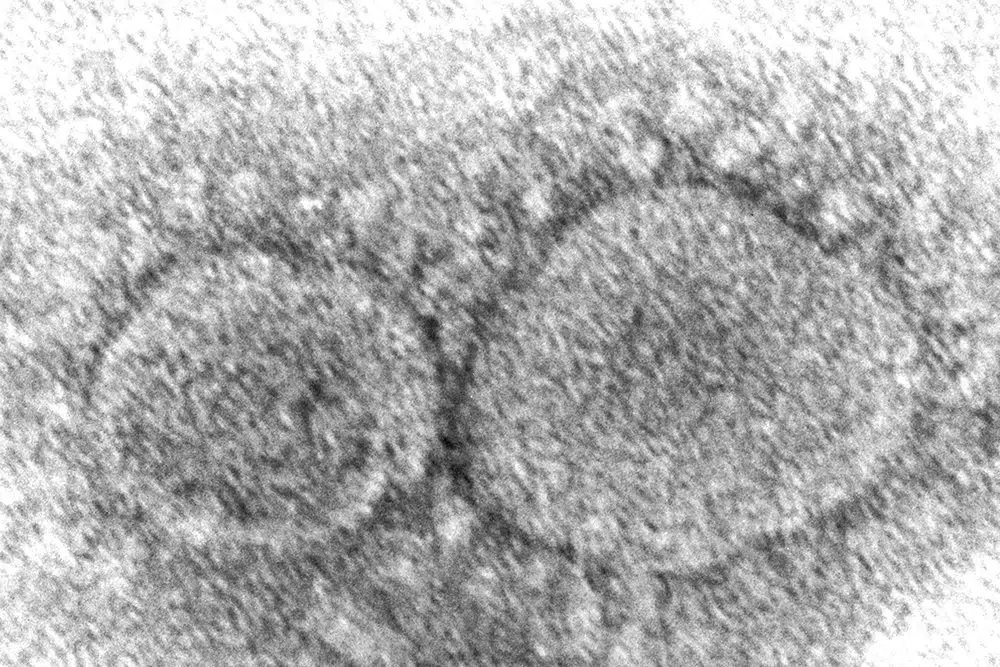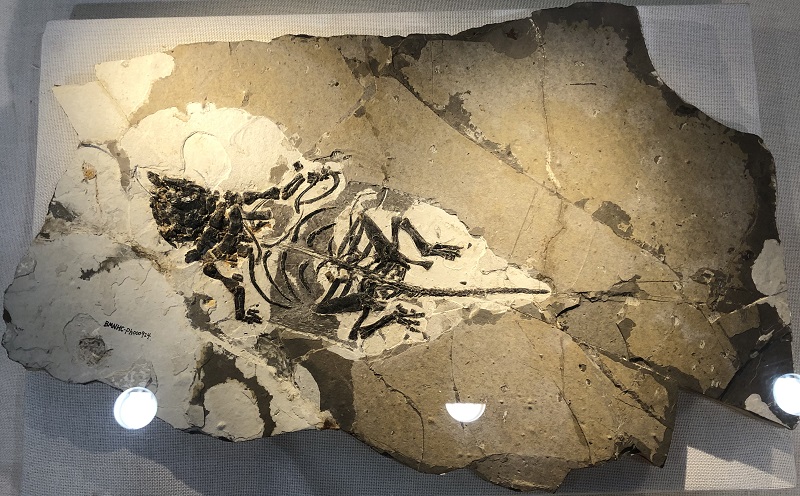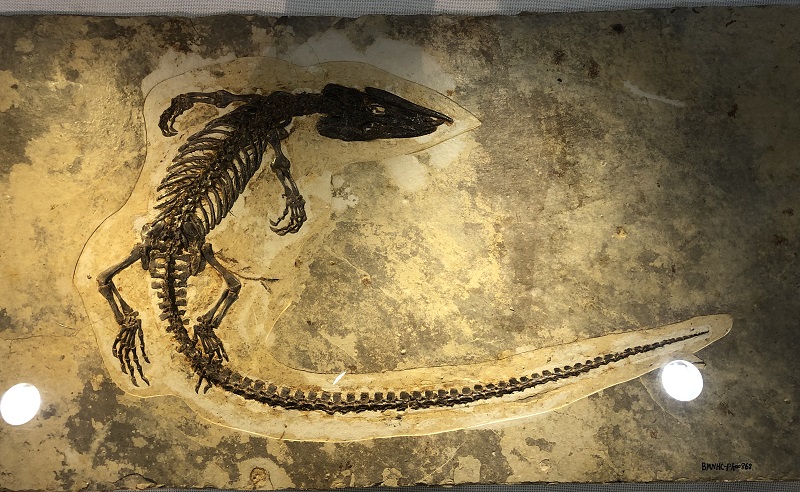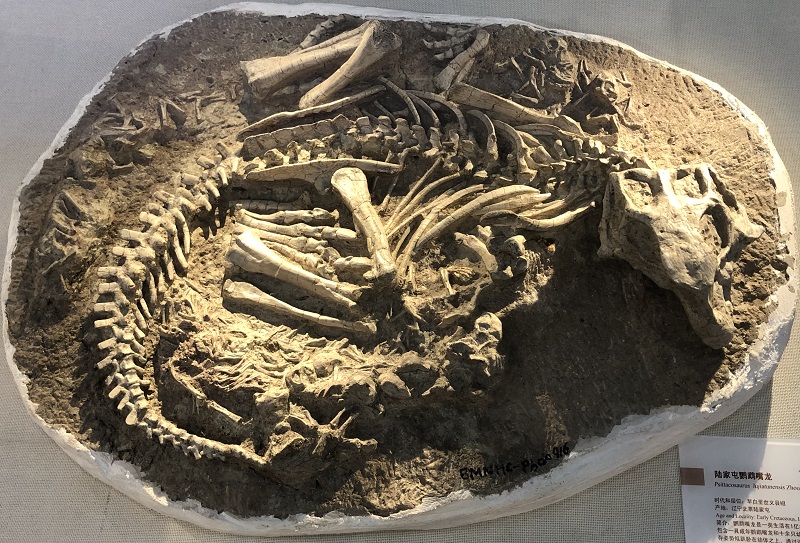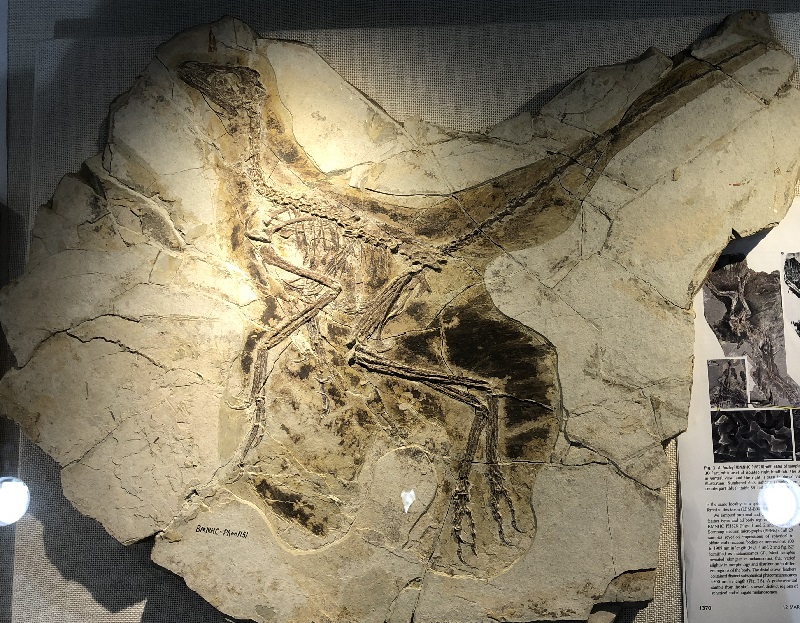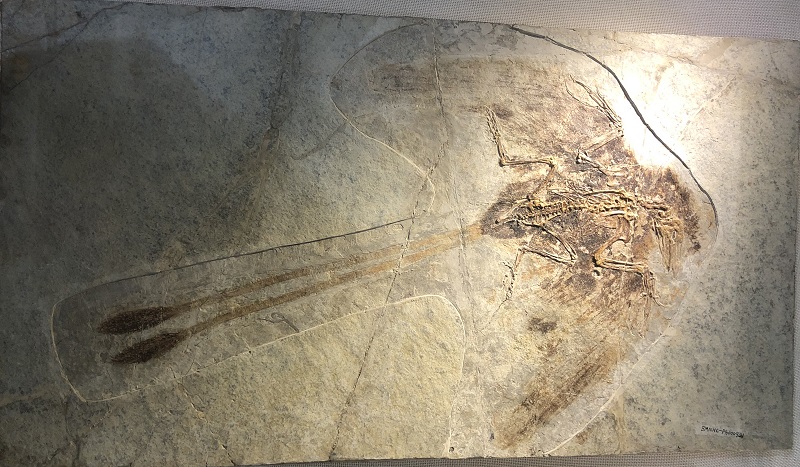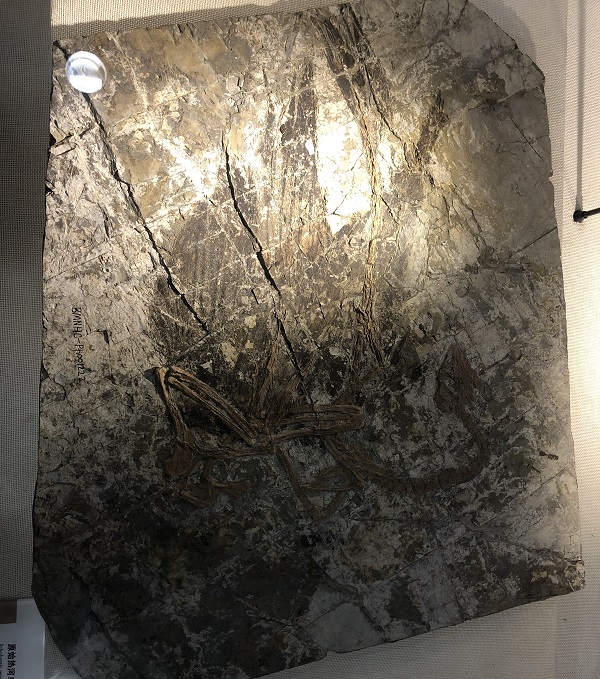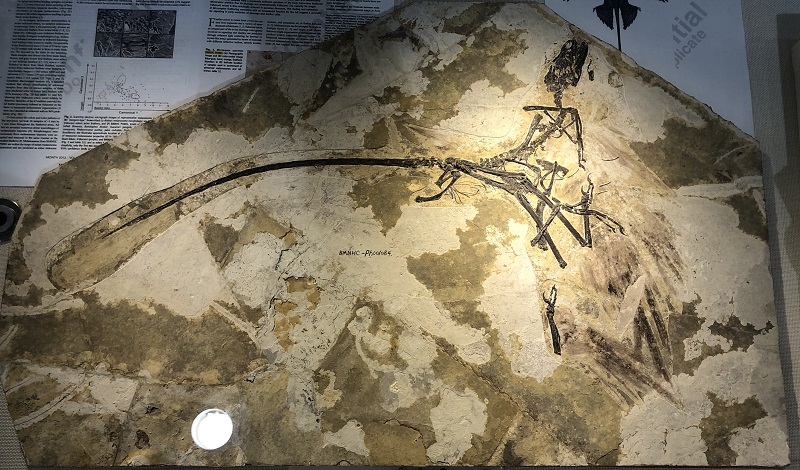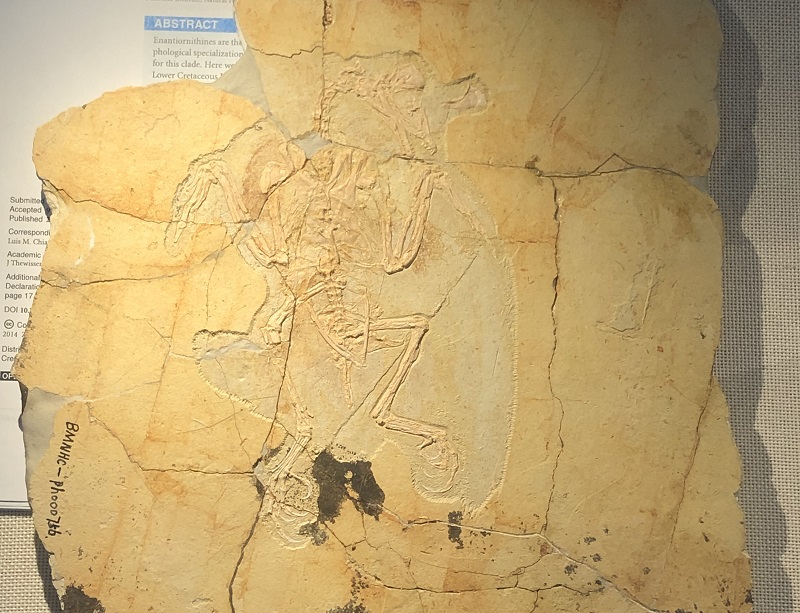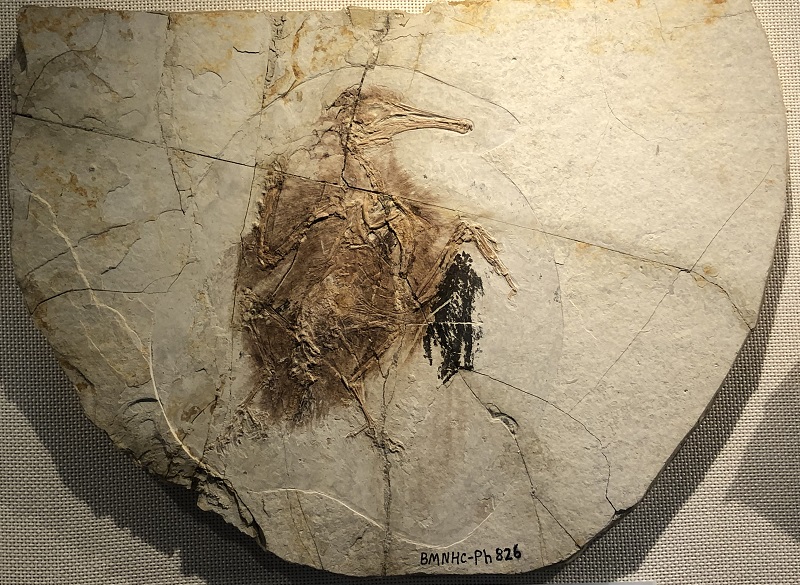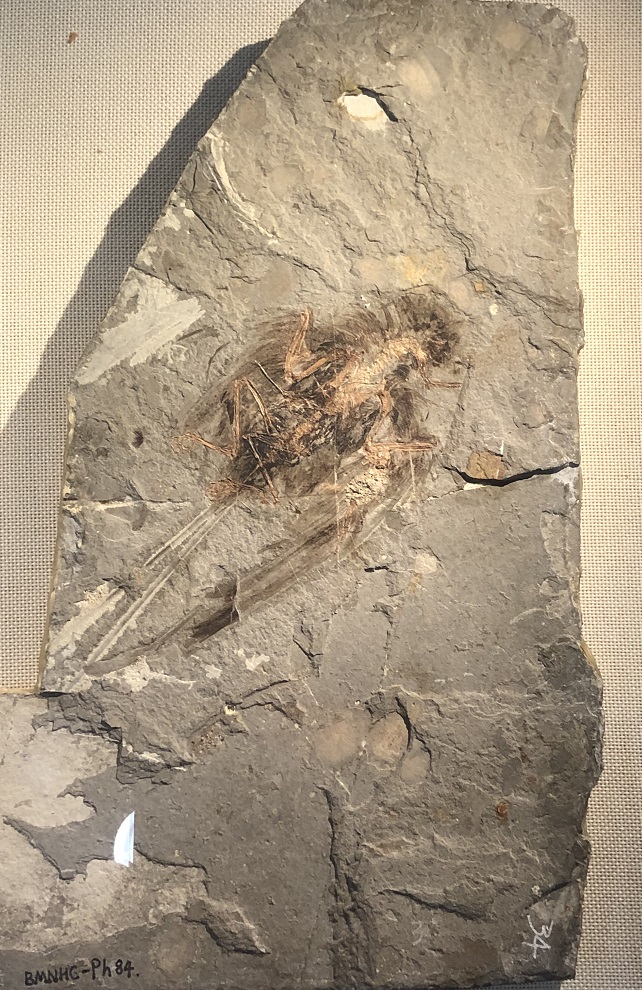Quantitative Analysis of Osmosis in Potato Cubes
Shelly
| December 9, 2022
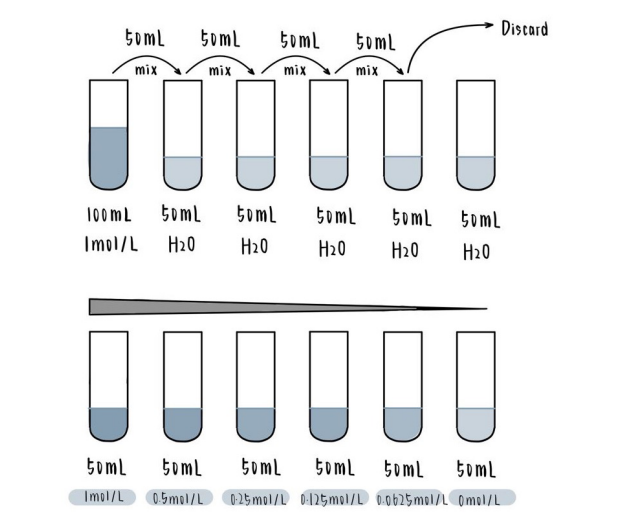
A cell’s accumulated kinetic energy keeps molecules moving continually, causing them to collide and travel in random directions. Diffusion is the movement of molecules from a region of high concentration to an area of low concentration. Water diffuses across the cell’s semipermeable membrane using osmosis. A semipermeable membrane will allow water to pass from a region with a low solute concentration to one with a high solute concentration.
Tonicity is the ability of a surrounding solution to cause a cell to gain or lose water.
The Effect of pH on the Activity of Liver Catalase
Shelly
| November 23, 2022
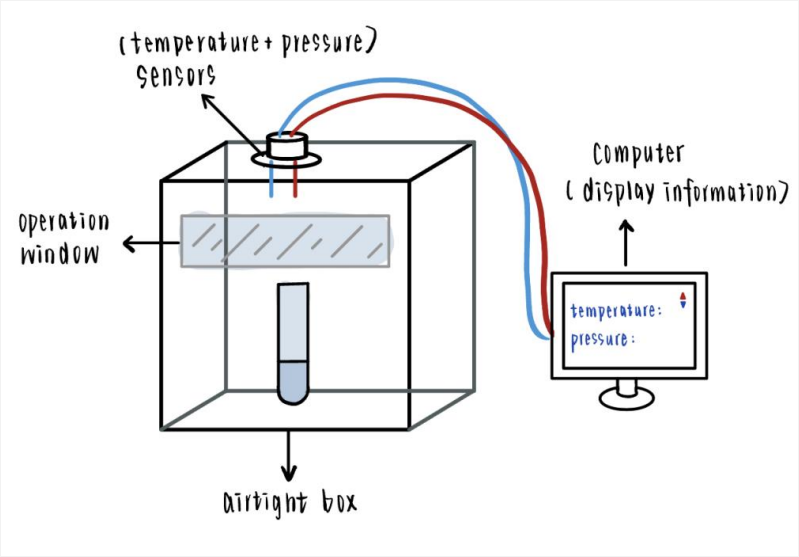
Humans and other animals produce hydrogen peroxide, a short-lived result of metabolic processes that are damaging to cells. Catalase is present in all living things that breathe oxygen, it is an enzyme that quickly catalyzes the breakdown of hydrogen peroxide into less reactive elements like gaseous oxygen and water molecules. One molecule of catalase can convert 40 million molecules of hydrogen peroxide into water and oxygen each second, making it one of the enzymes with the greatest turnover rates.
Adding Soap Decreases Surface Tension of Water
Shelly
| September 9, 2022
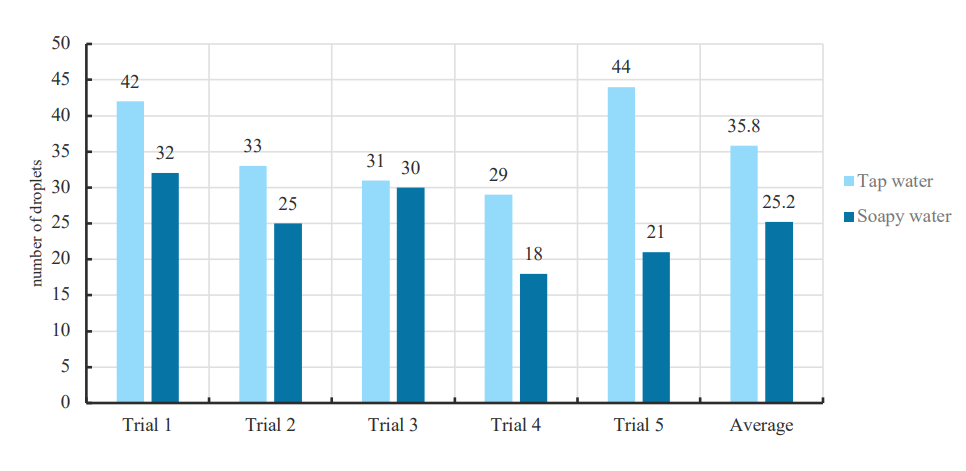
Surface tension is the tendency of liquid surfaces to shrink into the minimum surface area due to the cohesive nature of their molecules. Here comes a question, how does soap change the water’s ability to stay on a penny? When we wash dirty dishes or clothes, for water to flow more easily into the small spaces to clean thoroughly, you need to decrease its surface tension. So, we can develop the hypothesis that adding soap can decrease the surface tension of the water.



